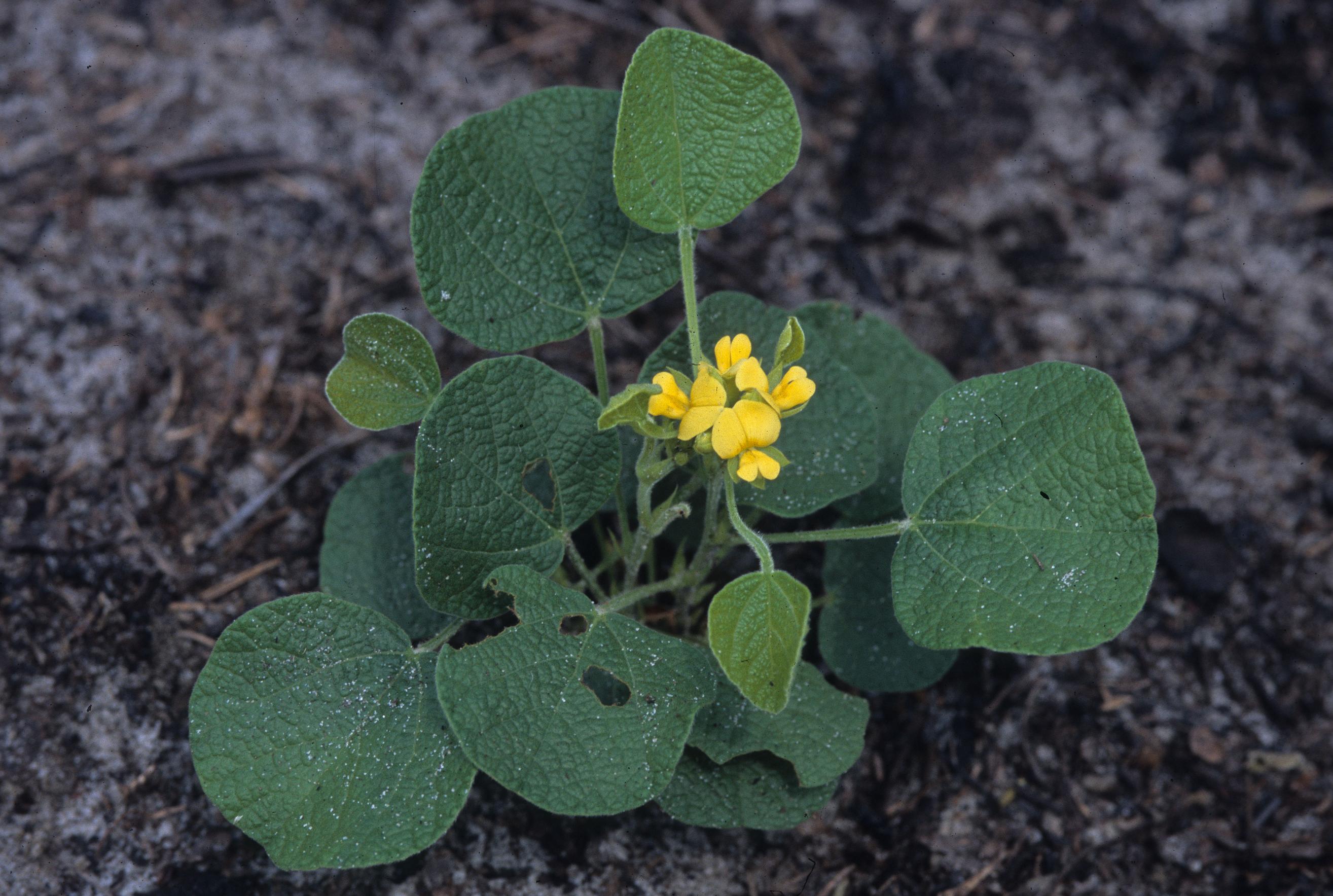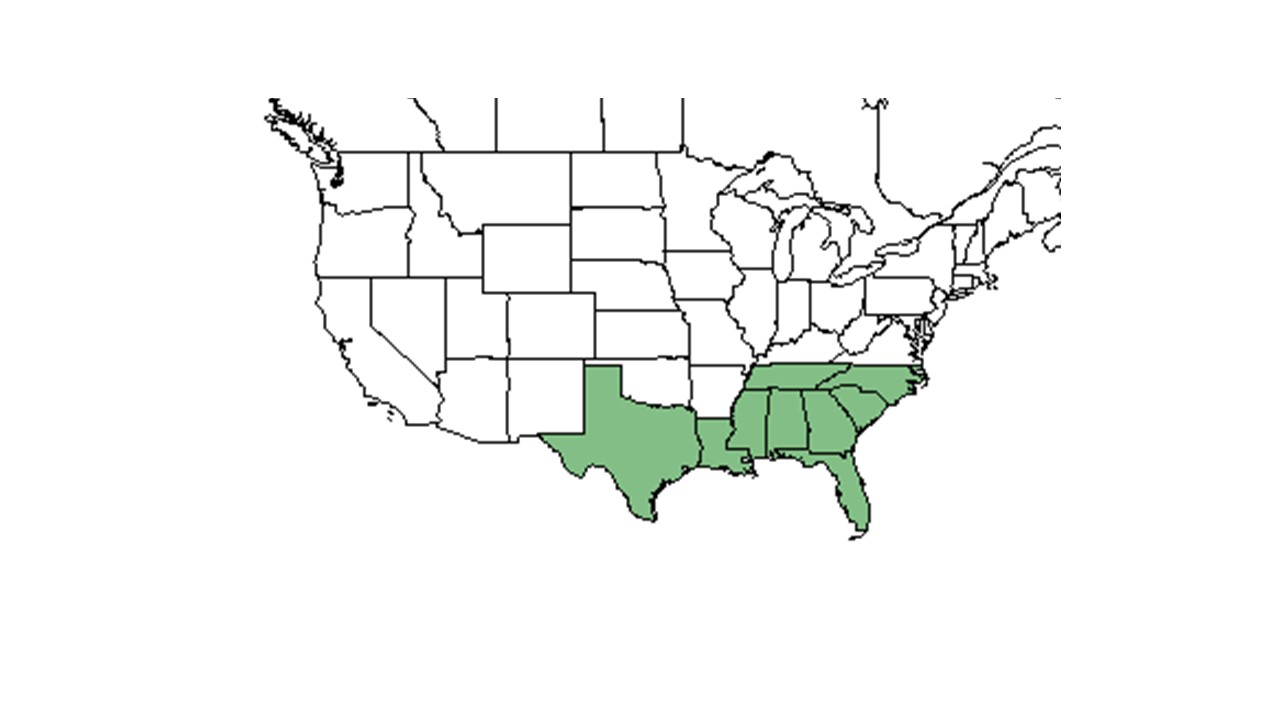Difference between revisions of "Rhynchosia reniformis"
(→References and notes) |
(→References and notes) |
||
| Line 39: | Line 39: | ||
*Hiers, J. K. and R. J. Mitchell 2007. The influence of burning and light availability on N-2-fixation of native legumes in longleaf pine woodlands. Journal of the Torrey Botanical Society 134: 398-409. | *Hiers, J. K. and R. J. Mitchell 2007. The influence of burning and light availability on N-2-fixation of native legumes in longleaf pine woodlands. Journal of the Torrey Botanical Society 134: 398-409. | ||
*Knight, T. M. and R. D. Holt 2005. Fire generates spatial gradients in herbivory: an example from a Florida sandhill ecosystem. Ecology 86: 587-593. | *Knight, T. M. and R. D. Holt 2005. Fire generates spatial gradients in herbivory: an example from a Florida sandhill ecosystem. Ecology 86: 587-593. | ||
| + | *Nelson, Gil. East Gulf Coastal Plain. a Field Guide to the Wildflowers of the East Gulf Coastal Plain, including Southwest Georgia, Northwest Florida, Southern Alabama, Southern Mississippi, and Parts of Southeastern Louisiana. Guilford, CT: Falcon, 2005. 184. Print. | ||
Revision as of 14:28, 17 June 2015
| Rhynchosia reniformis | |
|---|---|

| |
| Photo was taken by Gil Nelson | |
| Scientific classification | |
| Kingdom: | Plantae |
| Division: | Magnoliophyta - Flowering plants |
| Class: | Magnoliopsida - Dicotyledons |
| Order: | Fabales |
| Family: | Fabaceae |
| Genus: | Rhynchosia |
| Species: | R. reniformis |
| Binomial name | |
| Rhynchosia reniformis DC. | |

| |
| Natural range of Rhynchosia reniformis from USDA NRCS Plants Database. | |
Contents
Description
Distribution
Ecology
In a burning x no shade treatment, R. reniformis was found to have elevated levels of N2-fixation (Hiers and Mitchell 2007). Herbivory damage for R. reniformis does not increase with time since fire (Knight and Holt 2005).
Habitat
Phenology
Seed dispersal
Seed bank and germination
Fire ecology
R. reniformis is a legume found in frequently burned longleaf pine savannas (Brewer and Cralle 2003, Hiers and Mitchell 2007). Was observed to resprout one month after a fire in July of 1993 (Pavon 1995).
Pollination
Use by animals
Diseases and parasites
Conservation and Management
Cultivation and restoration
References and notes
- Brewer, J. S. and S. P. Cralle 2003. Phosphorus addition reduces invasion of a longleaf pine savanna (southeastern USA) by a non-indigenous grass (Imperata cylindrica). Plant Ecology 167: 237-245.
- Hiers, J. K. and R. J. Mitchell 2007. The influence of burning and light availability on N-2-fixation of native legumes in longleaf pine woodlands. Journal of the Torrey Botanical Society 134: 398-409.
- Knight, T. M. and R. D. Holt 2005. Fire generates spatial gradients in herbivory: an example from a Florida sandhill ecosystem. Ecology 86: 587-593.
- Nelson, Gil. East Gulf Coastal Plain. a Field Guide to the Wildflowers of the East Gulf Coastal Plain, including Southwest Georgia, Northwest Florida, Southern Alabama, Southern Mississippi, and Parts of Southeastern Louisiana. Guilford, CT: Falcon, 2005. 184. Print.